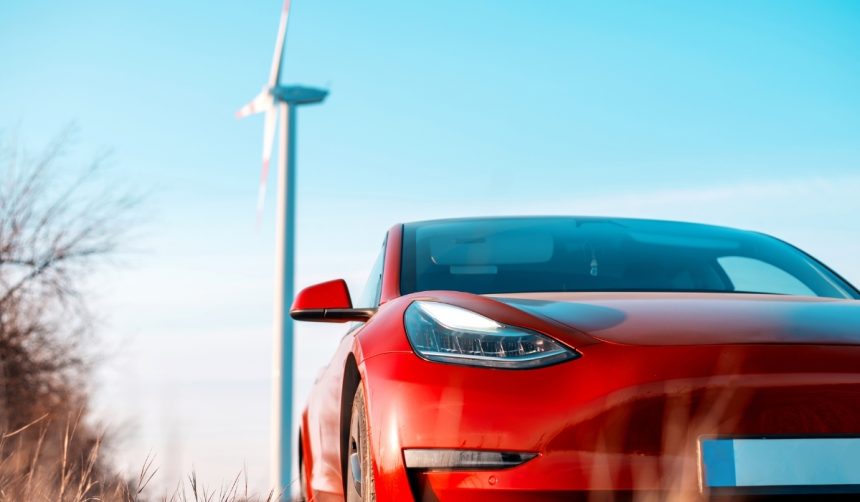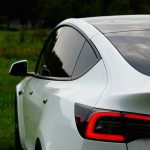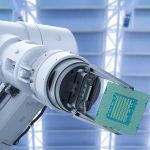Tesla’s recent expansion of its Model Y lineup in China has drawn attention from consumers and industry observers worldwide. The newly introduced Model Y L, featuring a longer wheelbase and a third-row option for increased seating, has sparked discussion over whether this meets the evolving needs of Tesla buyers. As the automotive market continually seeks greater interior space for families and activities, anticipation remains high for even larger offerings. Discussions within Tesla communities highlight that while incremental updates are welcomed, a segment of loyal customers believes there’s still room for broader innovation.
Other reports about Tesla’s SUV portfolio have previously highlighted the absence of a full-size utility vehicle, especially when compared to established competitors like the Chevrolet Tahoe and Ford Expedition. Earlier news suggested Tesla would prioritize affordable compact models, yet expectations for a full-size SUV or minivan remain unmet so far. There was speculation about whether a longer Model Y variant would satisfy this demand, but consistent feedback points to a continuing desire for something substantially larger. Initial optimism around Model Y’s updates has not alleviated requests for a new product in Tesla’s portfolio that could challenge both traditional gas-powered and electric competitors, such as the Volkswagen ID.BUZZ.
What Does Model Y L Offer?
The new Model Y L provides a modest increase in interior space through its stretched wheelbase, introducing a third row and a sixth seat to the all-electric crossover. While these modifications target families who require additional seating, the overall footprint of the vehicle remains close to the standard Model Y. This has led to a perception among some buyers that the update is incremental rather than transformative. Additionally, Tesla has yet to confirm if this variant will debut outside the Chinese market.
Is the Demand for Large EVs Still Growing?
Despite the launch of the Model Y L, Tesla owners and online communities continue to voice their interest in a larger, true three-row SUV. Social media polls reveal that, for many, a slightly longer Model Y does not replace the need for a spacious vehicle capable of handling large families, road trips, and additional cargo. One respondent commented,
“Our Model Y is quickly getting too small for our family of 5 as the kids grow. A slightly longer Y with an extra seat is nice but it’s not enough if you’re looking to take it on road trips/vacations/ kids sports gear etc.”
Such feedback is consistent across various platforms.
Are There Alternative Plans from Tesla?
Tesla’s stated focus remains on making its vehicle lineup more accessible, with an emphasis on affordable, compact models and projects like the Robotaxi. Although Tesla has announced the Robovan—a high-capacity, autonomous people-mover with seating for up to 20 passengers—its driverless design means it may not address immediate consumer needs for a drivable, large electric SUV or minivan. The company has yet to indicate any imminent plans to introduce a vehicle directly competing with popular full-size SUVs.
Tesla faces a unique challenge: its incremental updates to existing models, such as the Model Y L, keep the brand competitive but do not fully satisfy growing consumer demands for larger electric vehicles. Continued market feedback underscores the demand for versatile, spacious transportation options tailored to bigger families and utility needs, which are currently met by gas-powered rivals. While autonomous vehicles like the Robovan are in development, practical solutions for today’s needs—like a traditional full-size electric SUV—remain highly anticipated. For consumers considering a switch to EVs with robust passenger and cargo requirements, watching Tesla’s next steps in this segment could be critical, as it will shape the competitive landscape and future of electric mobility.
- Tesla launches longer Model Y L in China with third-row seating.
- Consumers express continued demand for a larger, full-size electric SUV.
- Tesla’s focus remains on compact models and autonomous projects for now.










